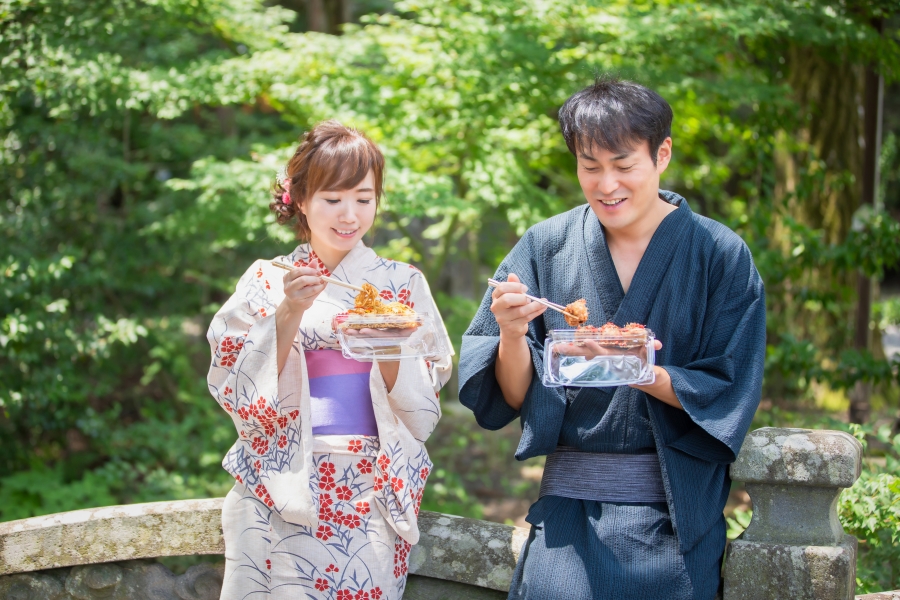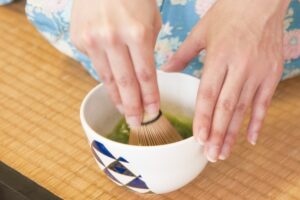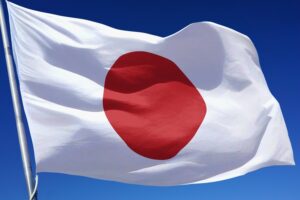A Beginner’s Guide to Wearing Yukata and Kimono

Wearing a kimono or yukata is one of the most memorable ways to experience Japanese culture. These beautiful garments are not only traditional clothing but also expressions of Japanese aesthetics, seasonality, and etiquette. If you’ve ever wondered about the difference between them or how to wear one properly, this guide is for you.
1. Kimono vs. Yukata: What’s the Difference?
At first glance, both look similar—long robes with wide sleeves and a sash around the waist—but there are key differences:
- Kimono is formal wear made from silk or fine fabric. It’s usually layered and worn with accessories like an obi (wide belt), nagajuban (undergarment), and traditional socks called tabi. Kimonos are often worn for weddings, tea ceremonies, and formal events.
- Yukata is a casual, lightweight version made from cotton or linen. It’s commonly worn during summer festivals, fireworks shows, or after bathing at hot springs (onsen). You can wear a yukata without the extra layers, making it much easier and more comfortable.
2. When and Where to Wear Them
- Kimono: Perfect for formal occasions or cultural experiences such as visiting a temple, attending a wedding, or joining a tea ceremony.
- Yukata: Ideal for summer festivals (matsuri), fireworks displays (hanabi taikai), or staying at traditional inns (ryokan). Many ryokan provide yukata in guest rooms for relaxing after a bath.
If you’re in Kyoto, Asakusa, or Kanazawa, you’ll find rental shops offering full dressing services and even hairstyling.
3. How to Wear a Yukata or Kimono
Don’t worry if it looks complicated—many shops will dress you! But here’s the basic idea:
- Left over right: Always wrap the left side of the garment over the right side. (The opposite is only for funerals.)
- Tie the obi: The decorative belt goes around your waist and is tied at the back.
- Adjust the length: The hem should fall around your ankles.
- Add accessories: For kimonos, you might wear a small purse, fan, or hair ornament to complete the look.
Once dressed, walk with small, graceful steps and avoid rushing—it’s part of the charm!
4. Yukata and Kimono Rentals for Tourists
Many rental shops offer easy packages that include dressing, accessories, and even photo sessions.
Popular spots include:
- Kyoto: Kimono rentals near Gion or Kiyomizu Temple.
- Tokyo (Asakusa): Many shops offer same-day rentals with optional hairstyling.
- Kanazawa: Try wearing a kimono while strolling through the old samurai district.
Prices usually range from ¥3,000 to ¥8,000 depending on the outfit and photo options.
5. Etiquette and Tips
- Keep your posture straight—it enhances the look.
- Avoid eating messy foods while dressed in kimono or yukata.
- Be mindful when sitting down; smooth the fabric to avoid wrinkles.
- Don’t forget to take plenty of photos! Many shops have scenic backdrops for pictures.
6. Why It’s Worth Trying
Wearing a yukata or kimono isn’t just about fashion—it’s about stepping into Japanese tradition. The moment you put it on, you’ll feel more connected to the country’s culture, history, and sense of beauty. Whether you walk through Kyoto’s old streets or enjoy a festival in Tokyo, it’s an unforgettable experience that lets you see Japan from a new perspective.


